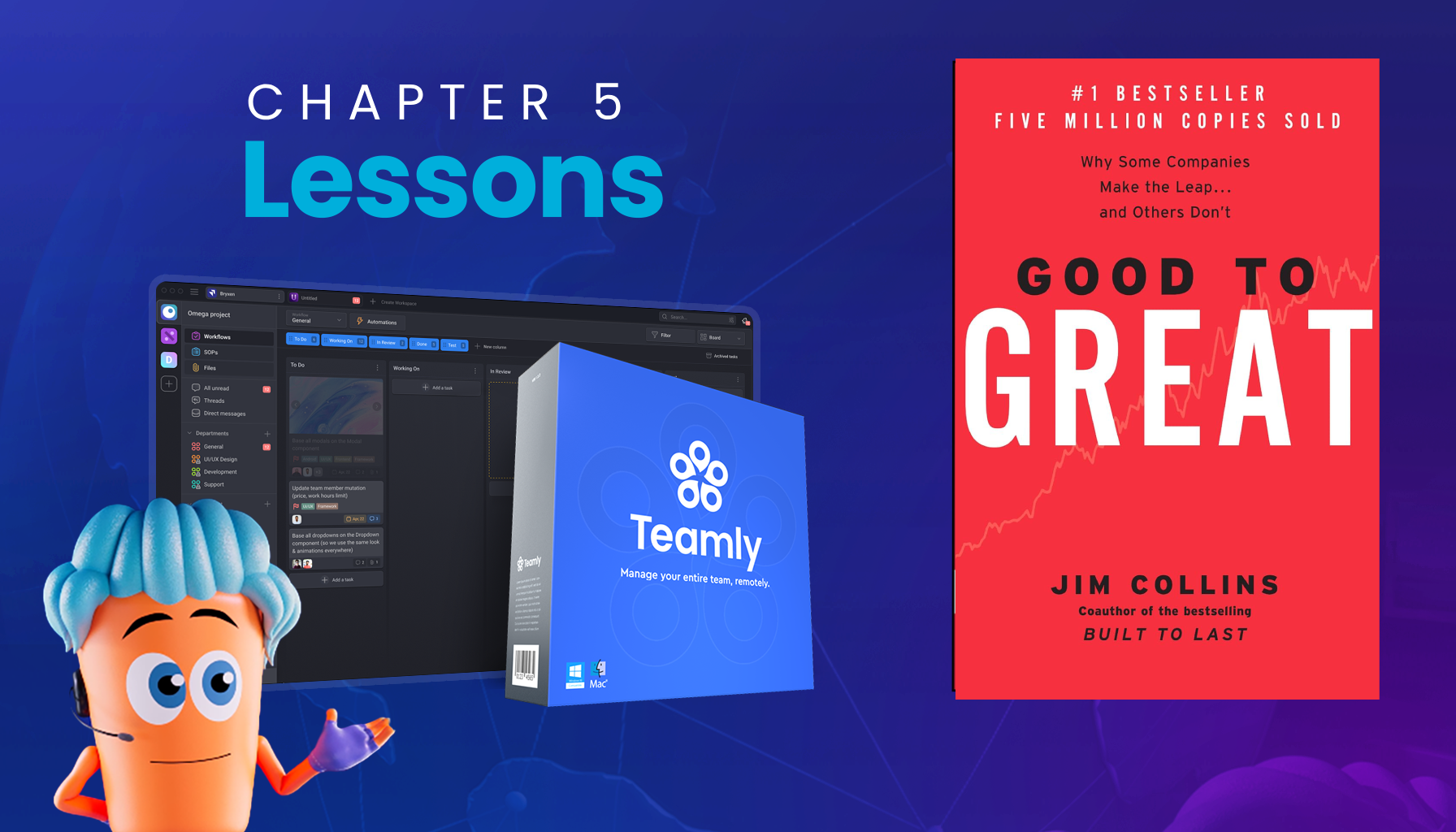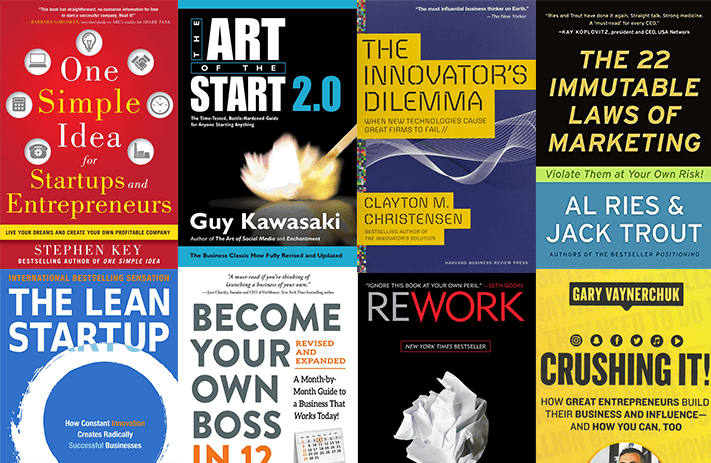
Click the button to start reading
Exploring the Principles of “Good to Great” by John Collins – Chapter 5
Imagine that your business isn’t just good. It’s great. And not just great in a fleeting way, but consistently, undeniably great.
The kind of great that makes competitors nervous and customers loyal. Sounds pretty awesome, right? That’s exactly the kind of transformation Jim Collins explores in his game-changing book, Good to Great.
And in Chapter 5, Collins shares the secret sauce to this level of success: the Hedgehog Concept.
So, what’s the Hedgehog Concept all about? It’s a simple, powerful idea that will change the way you think about business strategy.
Inspired by the ancient Greek parable about the fox, who knows many things, and the hedgehog, who knows one big thing, Collins argues that true greatness comes from focusing on a single, clear, overarching vision—your own Hedgehog Concept.

The Three Circles of the Hedgehog Concept
The Hedgehog Concept is based on three interlocking circles that guide you to understand what your business can be the best in the world at, what drives your economic engine, and what you are deeply passionate about.
It’s at the intersection of these three circles that your Hedgehog Concept is found.
- First, ask yourself: What can you be the best in the world at? This isn’t about being good at something; it’s about being the best. Collins emphasizes that this doesn’t mean your company is currently the best in the world at something, but rather that you have the potential to be the best at it. It’s not just about competence, but about having the unique capability to excel beyond all others.
- Second, consider what drives your economic engine. This is the one denominator that has the most significant impact on your business. For some companies, it might be profit per customer, for others, it could be profit per geographic region or even profit per employee. The goal is to identify the key metric that fuels your business’s financial success.
- Finally, reflect on what you are deeply passionate about. Passion is the fuel that drives sustained effort and creativity. It’s not about trying to get passionate about something; it’s about discovering what you and your team are already passionate about. When your work aligns with this passion, it becomes more than just work—it becomes a mission.

Real-World Applications: Companies That Got It Right
What does this look like in the real world? Collins gives us several examples of companies that discovered their Hedgehog Concept and used it to transform from good to great.
Take Walgreens, for instance. By shifting its focus from profit per store to profit per customer visit, Walgreens capitalized on the convenience factor—opening stores on practically every corner and making it easy for customers to visit frequently.
This subtle shift in focus led to a massive increase in profitability, aligning perfectly with Walgreens’ economic engine.
Another great example is Wells Fargo. When deregulation hit the banking industry, many banks scrambled to expand their offerings, but Wells Fargo took a different approach.
They identified profit per employee as their economic denominator and streamlined operations, focusing on being the most efficient bank rather than the biggest. This focus allowed Wells Fargo to thrive in a challenging environment.

The Process of Discovery: It Takes Time
One crucial takeaway from Collins’ research is that discovering your Hedgehog Concept isn’t something that happens overnight.
On average, it took the companies Collins studied about four years to clarify their Hedgehog Concept. This process involves rigorous debate, deep reflection, and a willingness to confront brutal facts.
Collins suggests forming a “Council” within your organization—a group of key people who engage in continuous dialogue, guided by the three circles, to explore and refine your Hedgehog Concept.
The Council’s role is not to make quick decisions but to engage in an iterative process that leads to greater clarity over time. This approach is a key part of disciplined thought, one of the pillars of the Good to Great framework.

Why Simplicity Wins
At its core, the Hedgehog Concept is about simplicity. In a business world often obsessed with complexity, the ability to distill everything down to one simple, guiding principle is incredibly powerful.
This simplicity not only provides clarity but also aligns your entire organization toward a common goal.
But simplicity doesn’t mean it’s easy. It requires a deep understanding of your business and a willingness to make tough decisions.
It might mean cutting out areas where you’re merely good to focus on where you can be the best. It might also mean rethinking how you measure success or what truly drives your business’s growth.
In fact, Teamly, our project management software, embodies a similar approach to simplicity by offering a tool that streamlines project management and team collaboration, helping companies focus on what they do best without getting bogged down by unnecessary complexities.

The Road from Good to Great
The journey from good to great is not about making sudden leaps or implementing flashy strategies. It’s about understanding the core of what makes your business tick and building your operations around that insight.
It’s about having the discipline to stay focused on what you can do better than anyone else, what drives your success, and what you are passionate about.
Jim Collins’ Good to Great provides a roadmap for businesses willing to embark on this journey. By embracing the Hedgehog Concept, you can steer your company towards greatness with clarity, focus, and passion. And that’s a journey worth taking.
Ready to discover more about how to transform your business from good to great? Grab your copy of Good to Great on Amazon today.
















